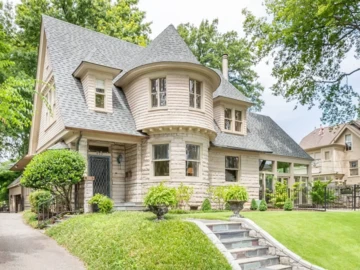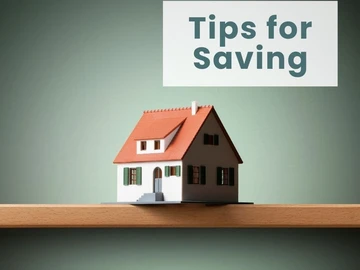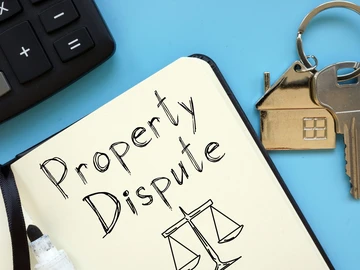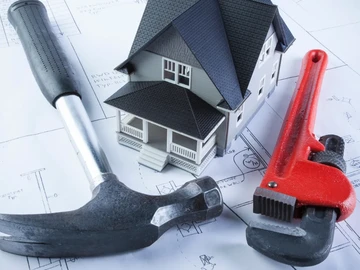Which Is Right for You in Zimbabwe’s Property Market?
Whether you're a first-time buyer or an investor growing your portfolio, one key decision you’ll face is choosing between a cluster home and a standalone house. Both have their perks and drawbacks. But which one offers more value, security, and long-term potential in Zimbabwe’s evolving real estate landscape?
In 2024, cluster developments made up over 38% of new residential listings in urban Zimbabwe, especially in high-density cities like Harare and Bulawayo. With rising land costs and security concerns, more buyers are drawn to compact, managed communities.
This guide will help you weigh your options with real cost comparisons, lifestyle considerations, and resale insights.
1. What Is a Cluster Home?
A cluster home is part of a gated complex with multiple units on a shared piece of land. While you own your unit (often with sectional title), you share communal amenities like security gates, driveways, and sometimes a clubhouse or pool.
Cluster homes are especially common in areas like Borrowdale, Greystone Park, Newlands, Marlborough, and Bluff Hill.
2. What Is a Standalone House?
A standalone home is a detached residential house built on its own individual plot. You have full control of the land, typically with a freehold title deed, and no shared infrastructure.
Standalone homes dominate older suburbs like Mt Pleasant, Chisipite, Highlands, Avondale, and Westgate.
3. Pros and Cons Comparison
|
Feature |
Cluster Homes |
Standalone Homes |
|
Security |
Shared gated security (guards, boom gates, CCTV) |
Private security required |
|
Land Ownership |
Limited or shared |
Full ownership |
|
Privacy |
Moderate (close neighbors) |
High |
|
Maintenance |
Shared responsibilities (managed by HOA) |
Full responsibility on owner |
|
Cost of Entry |
Lower (smaller land, shared services) |
Higher (larger land, individual servicing) |
|
Amenities |
Often includes boreholes, solar backup, fibre, etc. |
Customizable but must be installed |
|
Monthly Levies |
Yes (US$30–US$100/month) |
No compulsory levies |
|
Appeal to Diaspora |
High |
Moderate to High |
4. Cost Breakdown: Cluster vs Standalone (Harare, 2025)
|
Property Type |
Average Price |
Average Size |
Estimated Monthly Costs |
|
Cluster (2–3 bed) |
US$75,000 – US$120,000 |
250–400 sqm |
US$50–US$100 levies |
|
Standalone (3–4 bed) |
US$120,000 – US$250,000+ |
600–2,000+ sqm |
US$80–US$150 (utilities, security, maintenance) |
According to Property.co.zw listings data, cluster homes in Borrowdale West and Newlands tend to sell 30–40% faster than standalone homes due to convenience and security.
Check suburb-specific pricing using the Property Price Trends Tool.
5. Resale and Investment Potential
- Clusters: Appeal to professionals, retirees, and diaspora buyers looking for lock-up-and-go convenience.
- Standalone Homes: Offer long-term land appreciation and development flexibility (e.g. extensions, subdividing).
Note: Properties with full title deeds (common in standalone homes) are more attractive to banks for mortgage financing.
6. Who Should Choose What?
|
Buyer Profile |
Best Fit |
|
Young Professionals |
Cluster home – lower maintenance, secure |
|
Retirees |
Cluster home – lock-and-leave ease |
|
Large Families |
Standalone – more space and independence |
|
Developers |
Cluster – scalable and in demand |
|
Long-term Investors |
Standalone – greater land value growth |
|
Diaspora Buyers |
Cluster – hassle-free management via agents |
Final Thoughts
In today’s market, the choice between a cluster and a standalone home depends on your lifestyle, budget, and long-term goals. Cluster homes offer ease, security, and affordability ideal for modern urban living. Standalone homes, on the other hand, provide privacy, land control, and expansion potential.
Need help deciding? Browse thousands of verified listings clusters and standalones on Property.co.zw, and compare pricing across suburbs with our Property Price Tool.
 Continue with Facebook
Continue with Facebook
 Continue with Email
Continue with Email














